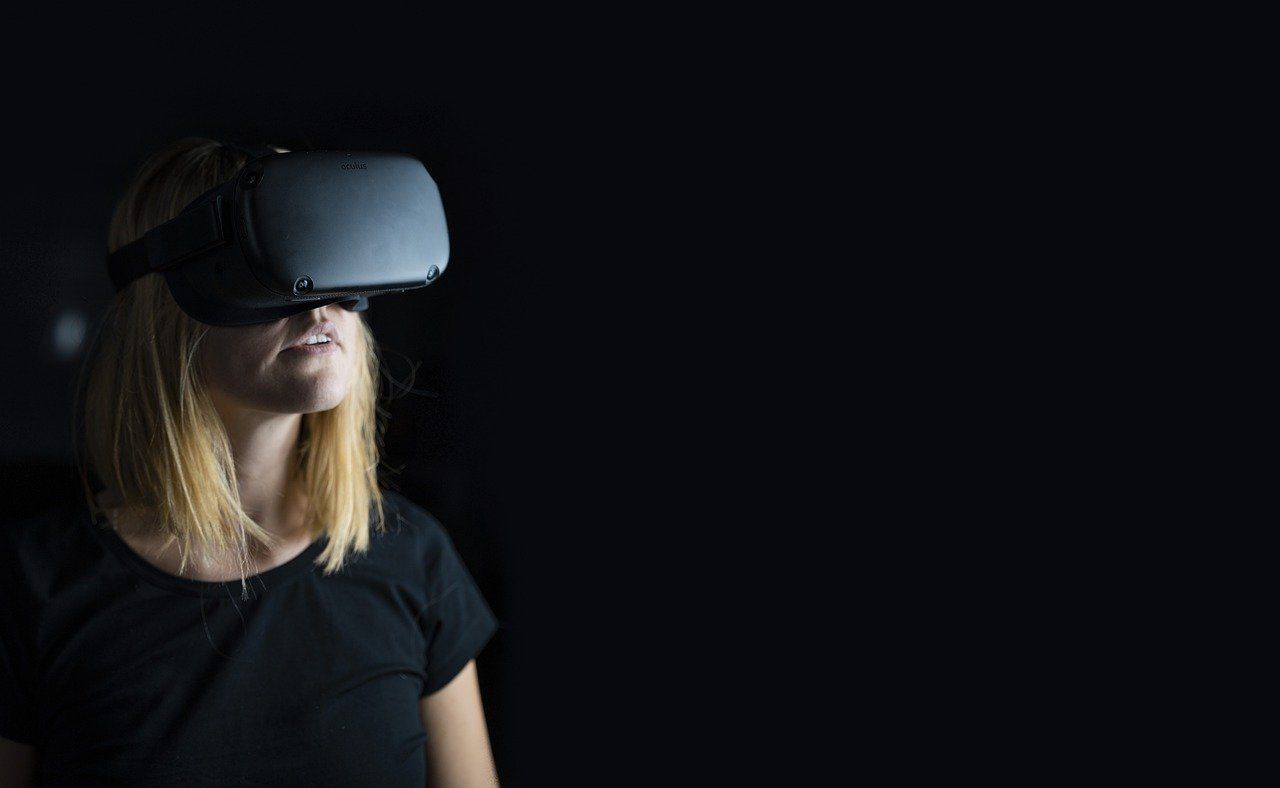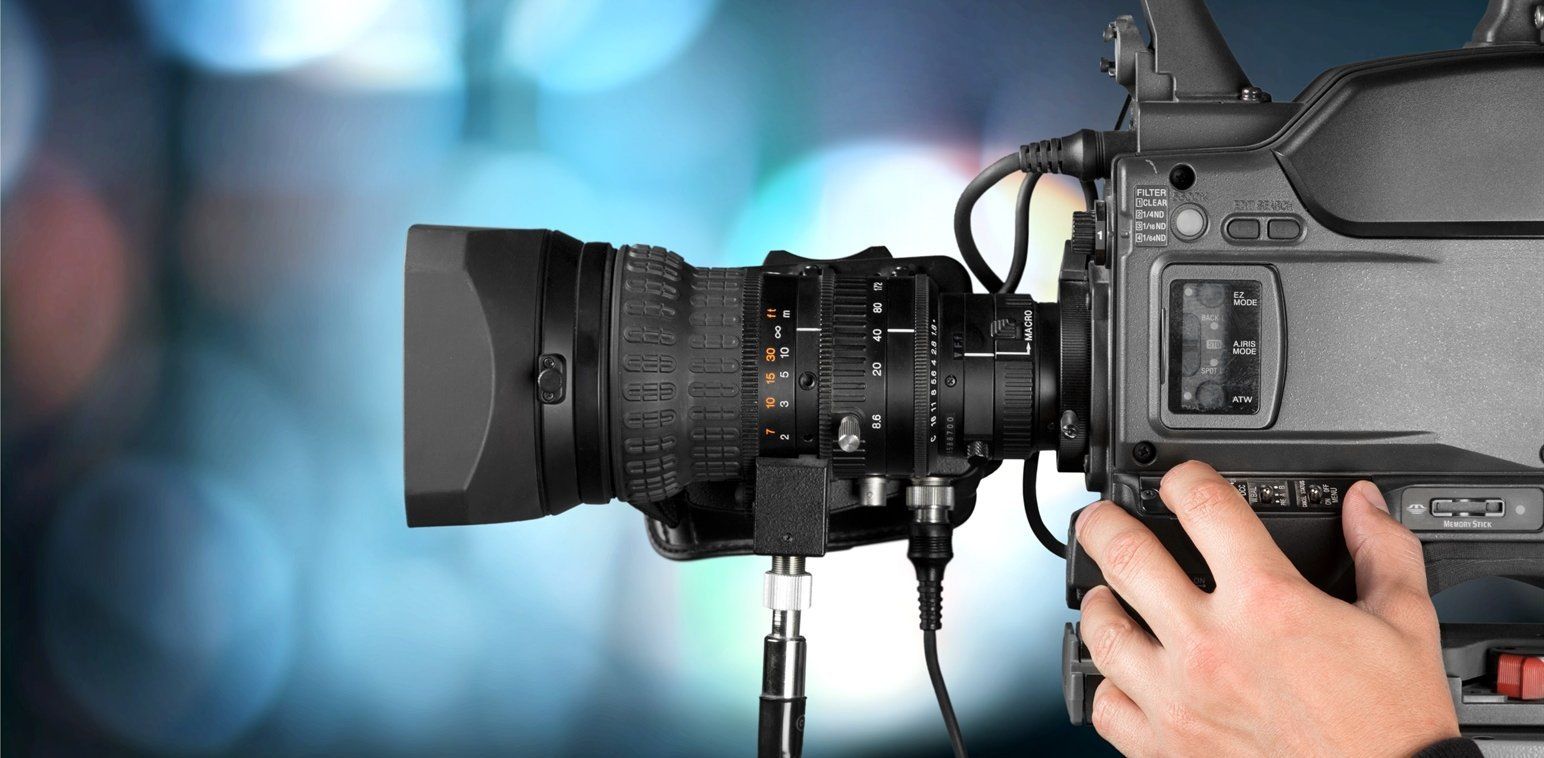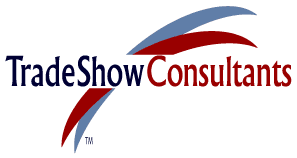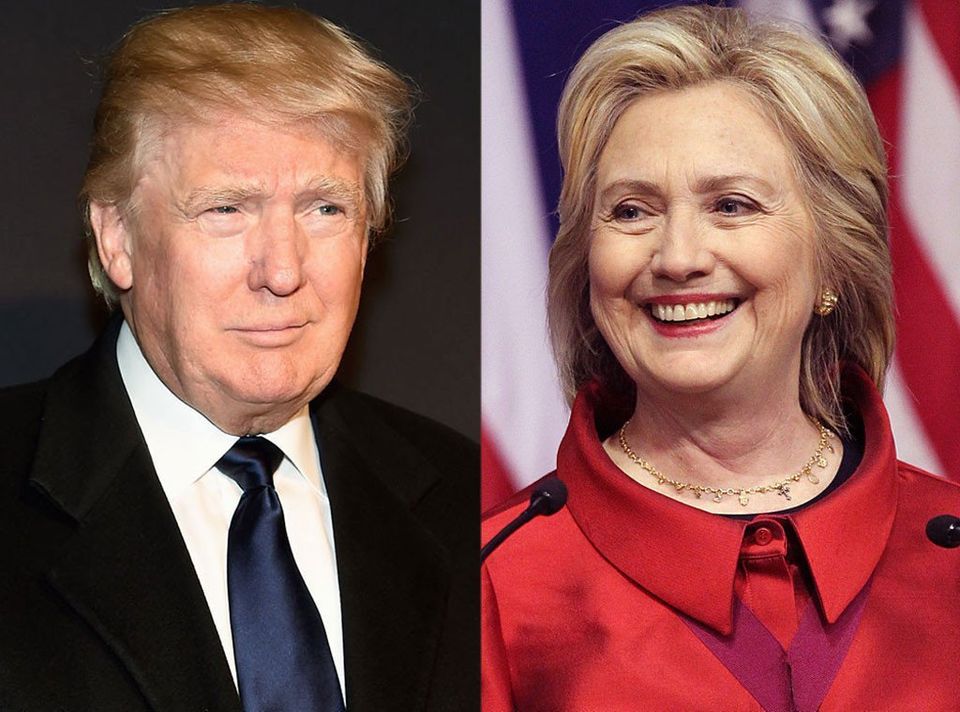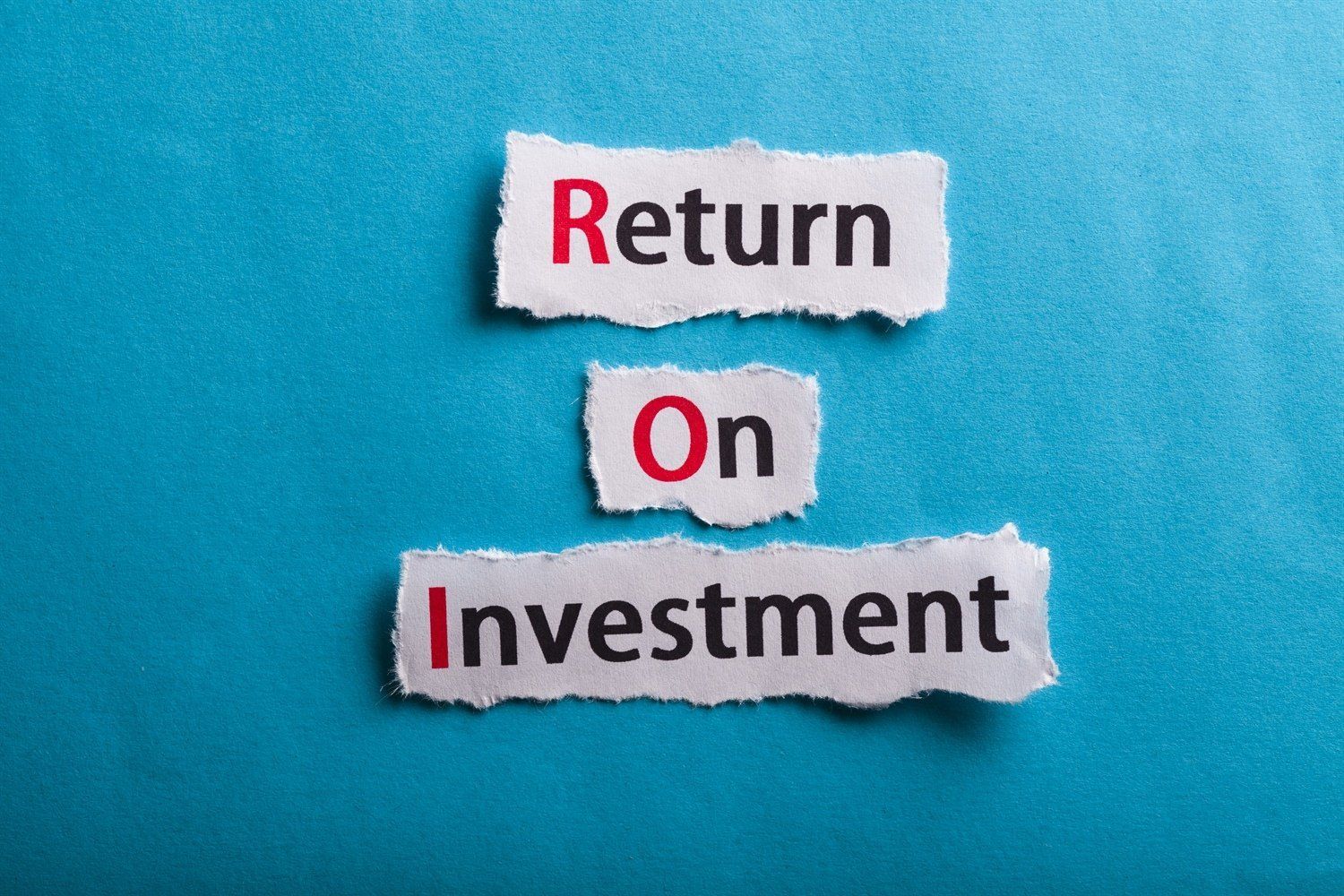What the Trump Campaign Taught Trade Show Exhibitors about Research
While the Clinton campaign went about the more traditional tasks of evaluating past voter analytics, developing messaging and using research tools like focus groups and polling analysis to develop their positioning statements, Donald Trump was out in the field making human contact at hundreds of live events, learning firsthand what was on people’s minds and in their hearts.
The results of Clinton’s campaign development in the end was not really being in touch with the hearts and minds of voters, while the Trump campaign at every event gathered key research data that formed a foundation on which he built a campaign of consensus and momentum.
Like the Clinton campaign, marketers face a danger, in depending solely on focus groups and other tools when developing research, because people’s opinions often do not indicate how they actually feel about issues presented to them in such controlled theoretical environments.
Focus group research of this kind often ends up not developing many new ideas, but it is accepted in confirming most marketing concepts already established. In many cases, the data developed are flawed by pre-established concepts, and while people might share their ideas freely, they aren’t telling you the truth about how they really feel.
It reminds me of the typical responses to research among some executives. When research goes against their conventional ideas, management questions the techniques used, and when it agrees with what their conventional ideas are, management often says it is a waste of time and money.
Focus group members are often simply sharing their general opinions about something without making a commitment to their true beliefs until asked to take personal action, like purchasing something or, in this case, casting their vote.
At a focus group organized to determine the marketability of a new consumer product, it became evident that our panel was being polite but not totally truthful about how they perceived the products we were presenting. They were being paid, and most wanted to go along to get along. After one session of general acceptance, I suggested we go a step further by asking the members of the group if they would want to purchase the product at the end of the session. We then discovered an entirely new level of concern and consideration by asking them to make a personal financial commitment. Now their answers became much more valuable than the entire focus group exercise. Instead of asking for their opinions, we now asked them to make a purchase and the complexion of this research tool took on entirely new dimensions. As sales professionals well know, asking for the order opens new doors and serious dialog along the route to making a sale.
Another important factor in depending solely on focus group research is the limited number of paid people involved as compared to those found on the trade show exhibit floor. In three days at a trade show, hundreds of attendees can be questioned, polled and asked to purchase show only specially priced products to determine their honest personal product opinions. But how many exhibitors actually consider using the trade show exhibit environment to conduct such important primary research?
Exhibitors using the trade show activity as a research tool are seriously interested in hearing both positive and negative answers to show special purchasing questions. Those exchanges open discussions where objections can be stated, confirmed as accurate and be successfully addressed and overcome.
The trade show research technique transforms people’s safe opinions into serious purchasing considerations and promises to provide the exhibitor with honest answers. That, in turn, can lead to more solid marketing and sales strategies and tactics.
Donald Trump’s campaign was created and built on thousands of people’s personal feelings, while the Clinton campaign was created on a relatively small number of paid, uninvolved people’s opinions in focus groups.
Today’s marketing and sales executives cannot afford to go down the path of just listening to uninvolved people’s opinions to plan future business. As Trump’s campaign showed, it takes hundreds and thousands of people’s feelings gathered firsthand, largely at events and mass gatherings. A similar approach to trade shows and the exhibiting research that they can provide can spell the difference between success and failure.
Asking for the order will always provide challenging yet manageable information on which to build successful marketing and sales campaigns, especially when the prospect says no to your proposal. That’s the time when marketing and sales professionals earn their stripes by figuring out how to overcome those pesky objections and bring the sale to a close.



